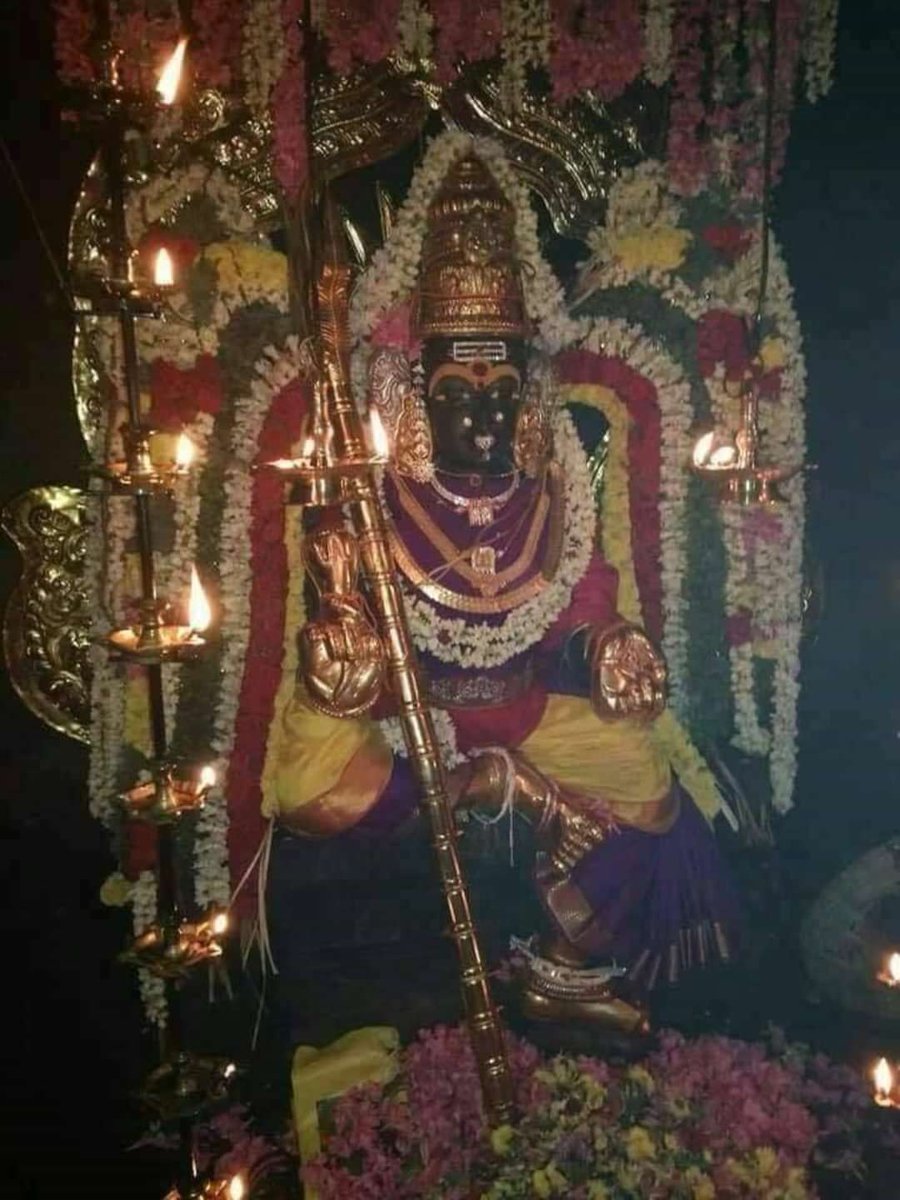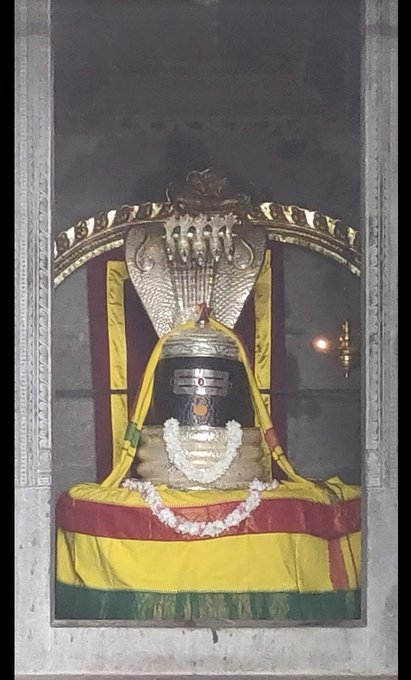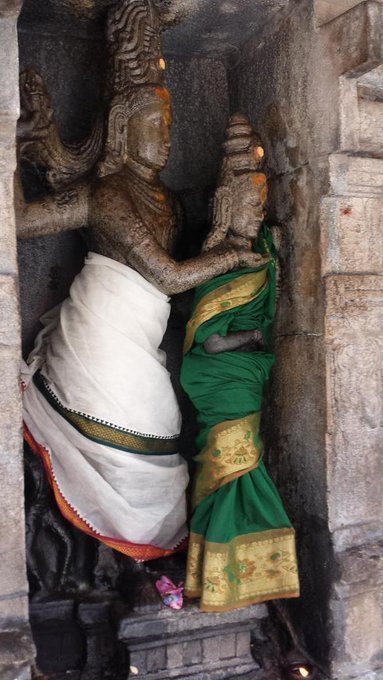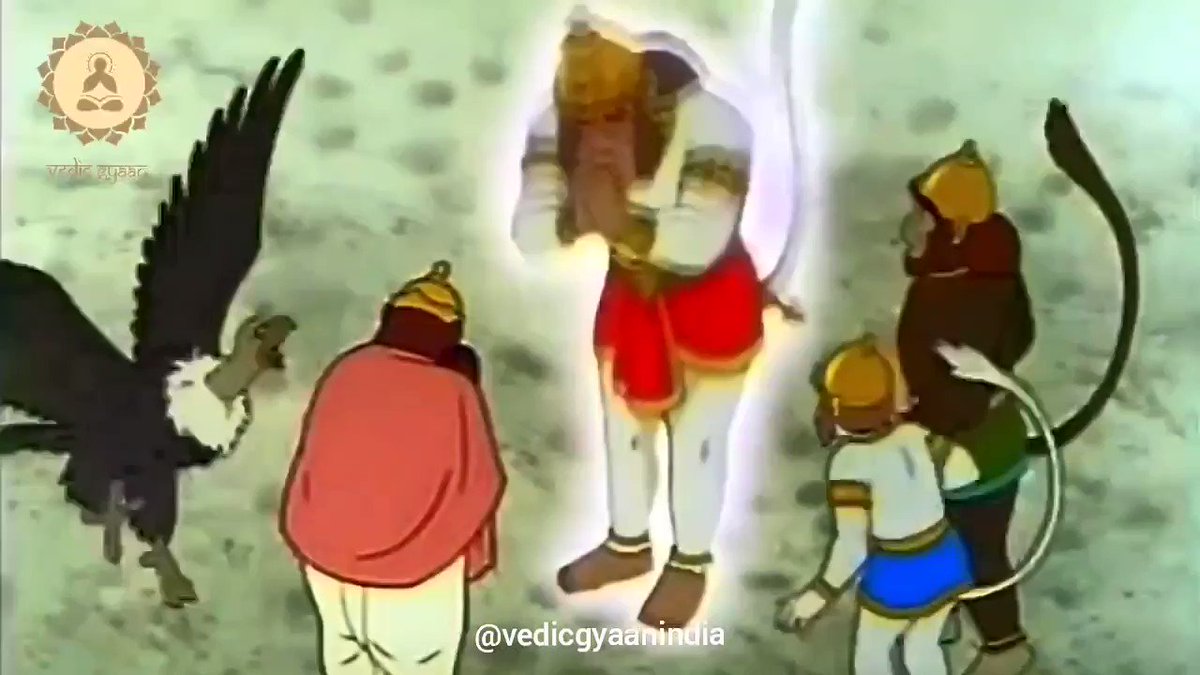One stated they were built by the last jinn king, ibn Jann who ruled in the age before humanity.
The Great Pyramids have always captured our imagination. For medieval Muslims, they were a relic of a ancient age of knowledge; an edifice of magic, astrology, and the jinn.
A thread-
One stated they were built by the last jinn king, ibn Jann who ruled in the age before humanity.
Eventually a great jinn war broke out in which the angels sided with the goodly jinn and drove out the wicked ones.
The ifits arrive as mighty zawbaa, or whirlwinds of sand while the ghul lead unwary humans into the desert so they may eat them.
The historian Mas’udi claims the pyramids were actually built as a tomb for Hermes who becomes associated with the Prophet Idris or the Biblical Enoch.
He goes on to say Hermes was the first prophet granted knowledge of the future. He was taught the science of astrology, medicine, and divination.
They heated the stones with great fires then poured vinegar over them to rapidly cool and crack them.
He could not uncover its legendary treasure.
These spirits watch over the tombs, leading the unworthy away from its mysteries.
Talismans made using the dust of the pyramids at the correct astrological time are said to grant the mage ancient wisdom and secrets.
They were also connected with Gemini, the constellation Orion, and the star ash shira or al jawza (Sirius).
Repeatedly we see knowledge as the true treasure.
They reflect not only an interest in the pyramids, but an enduring belief in the existence of ancient knowledge.
Abu Ma’shar and Idrisi writing a thousand years ago are closer to us in time than to the builders of the pyramids.
https://t.co/OWDXsBjUiR
More from Religion
You May Also Like
Recently, the @CNIL issued a decision regarding the GDPR compliance of an unknown French adtech company named "Vectaury". It may seem like small fry, but the decision has potential wide-ranging impacts for Google, the IAB framework, and today's adtech. It's thread time! 👇
It's all in French, but if you're up for it you can read:
• Their blog post (lacks the most interesting details): https://t.co/PHkDcOT1hy
• Their high-level legal decision: https://t.co/hwpiEvjodt
• The full notification: https://t.co/QQB7rfynha
I've read it so you needn't!
Vectaury was collecting geolocation data in order to create profiles (eg. people who often go to this or that type of shop) so as to power ad targeting. They operate through embedded SDKs and ad bidding, making them invisible to users.
The @CNIL notes that profiling based off of geolocation presents particular risks since it reveals people's movements and habits. As risky, the processing requires consent — this will be the heart of their assessment.
Interesting point: they justify the decision in part because of how many people COULD be targeted in this way (rather than how many have — though they note that too). Because it's on a phone, and many have phones, it is considered large-scale processing no matter what.
It's all in French, but if you're up for it you can read:
• Their blog post (lacks the most interesting details): https://t.co/PHkDcOT1hy
• Their high-level legal decision: https://t.co/hwpiEvjodt
• The full notification: https://t.co/QQB7rfynha
I've read it so you needn't!
Vectaury was collecting geolocation data in order to create profiles (eg. people who often go to this or that type of shop) so as to power ad targeting. They operate through embedded SDKs and ad bidding, making them invisible to users.
The @CNIL notes that profiling based off of geolocation presents particular risks since it reveals people's movements and habits. As risky, the processing requires consent — this will be the heart of their assessment.
Interesting point: they justify the decision in part because of how many people COULD be targeted in this way (rather than how many have — though they note that too). Because it's on a phone, and many have phones, it is considered large-scale processing no matter what.



















